Italy’s vaccine schedules, had until the introduction of its 2017-2019 immunisation calendar, been a patchwork of schedules delivered by 19 Regions and two Autonomous Provinces. Its new 200-page plan helped to harmonise these diverse programmes and also streamlined how information is collected.
The plan recommends vaccines for people throughout the life-course and sets clear targets for vaccine coverage, but it also takes a number of steps to reduce disparities between Italian regions.
A new national registry will be completed by the end of the new vaccination plan, effectively merging 21 databases into a national, digital registry. This will provide the Ministry for Health with a detailed view of vaccine uptake rates across the country. “This is a move towards greater health equity,” says Prof Ricciardi. “It will help make immunisation more homogenous across Italy.”
Perhaps the most significant decision by Minister Lorenzin in ensuring the implementation of the new National Immunisation Plan was to include it in the Livelli Essenziali di Assistenza (LEA) – a list of essential services that must be made available to all residents free of charge for specific age cohorts. Prior to the adoption of the new Plan, only four vaccines were listed in the LEA, while others were recommended. By adding the entire plan to the LEA, the Health Ministry has ensured that 19 Regions and two Autonomous Provinces must stick to the new vaccination calendar. As the new Plan is more comprehensive than any of the Regional vaccine schedules, this has the effect of eliminating variation. Italy’s 21 vaccine schedules have been harmonised.
The final chapter in the long story of life-course immunisation in Italy closed with the publication of the National Immunisation Plan in the Official Gazette of the Italian Republic. This marked the formal completion of a lengthy and complex process. However, after negotiation with regional authorities, the Plan will be implemented step-by-step rather than as a big bang. The first of the new vaccines were introduced in spring 2017, with others to come in 2018.
On May 19th, 2017, the Minister of Health proposed a new decree, that was approved by Government, increasing the number of compulsory vaccination to 12. This decree also required mandatory vaccinations for children between 0 and 6 years to attend public nursery schools.
After a debate in Parliament, this decree has been converted into law in August 2017 reducing to 10 the number of compulsory vaccinations. Regional authorities will, under the new rule, be required to promote all vaccines – mandatory and non-mandatory – recommended in the National Immunisation Plan.




